Remembering Groundbreaking 'Wee Pals' Creator Morrie Turner
by The GoComics TeamMorrie Turner changed the face of comics forever when he created Wee Pals.
Turner, born and raised in Oakland, Calif., served as a mechanic with the Tuskegee Airmen (and illustrator for Stars and Stripes) in World War II. After returning from the war, he worked for the Oakland Police Department by day and completed freelance illustrations for a number of industries -- including comics and cartoons for print publications -- by night. While working on a strip called Baker's Helper, Turner met and befriended Peanuts creator Charles Schulz during a cartoonist gathering. The two had lunch not long after and discussed current events including the then-burgeoning civil rights movement, which led Turner to ask Schulz why Peanuts didn't feature any black characters. Schulz, who would go on to create Franklin a few years later, encouraged Turner to create a strip of his own.
The result was Dinky Fellas, a strip featuring an all-black cast, which ran in the Chicago Defender in 1964. The following year Turner expanded the strip's scope, relaunching it as Wee Pals with a racially and ethnically diverse cast -- the first comic strip of its kind. Wee Pals ran in five papers until interest in the comic expanded rapidly following the assassination of Martin Luther King in 1968. At its peak, Wee Pals ran in approximately 100 newspapers around the United States.
Utilizing a bank of previously-rejected Wee Pals strips, Turner was able to travel to Vietnam in the late 1960s, where he and five other members of the National Cartoonists Society spent a month drawing thousands of caricatures of the men and women serving in the Vietnam War. Though his luggage was lost during the trip, he was able to share a wardrobe with Family Circus creator Bil Keane. Keane would go on to add Morrie, an African-American character named after his suitcase-sharing friend, to Family Circus.
Wee Pals was unique as it didn't frame diversity as a question to be debated, but rather an inherent part of America. A cast of some 16 characters showed children from all walks of life coexisting as a matter of course. Differences were conveyed with childhood curiosity, but also childhood respect. Seeming contradictions such as Nipper, the African-American star of the strip, wearing a Confederate cap from the Civil War were addressed in the strip's narrative without confusion. Kids were simply kids.
The strip's growing popularity resulted in two prominent multimedia adaptations. A Rankin-Bass-produced animated series branded as Kid Power ran for from 1972-74 Saturday mornings on ABC, which Turner promoted in an appearance on Mister Rogers' Neighborhood on PBS. A live-action adaptation, Wee Pals on the Go, aired from 1972-1932 in the San Francisco Bay Area.
Turner's extracurricular activities -- and awards -- only expanded as time went on. He served as a co-chairman of the White House Conference on Children and Youth beginning in 1970 and regularly visited public schools to share his story and talk to students. Over the course of his career, he received the Sparky Award, the Inkpot Award, the Bob Clampett Humanitarian Award, along with many other honors from his professional and geographical communities.
Turner continued work on Wee Pals until his passing in January of 2014, leaving behind nearly 50 years of comics, generations of inspired peers, and an industry richer for his work.





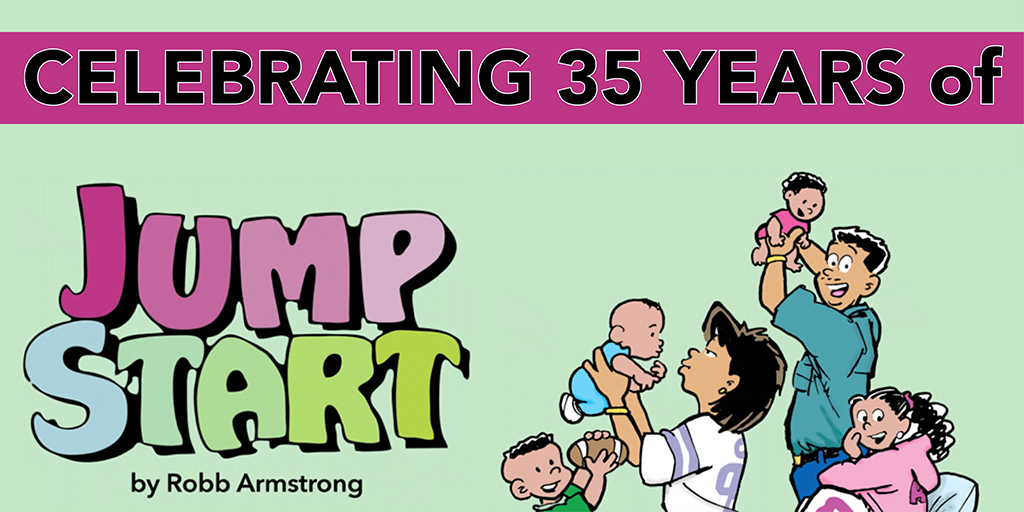


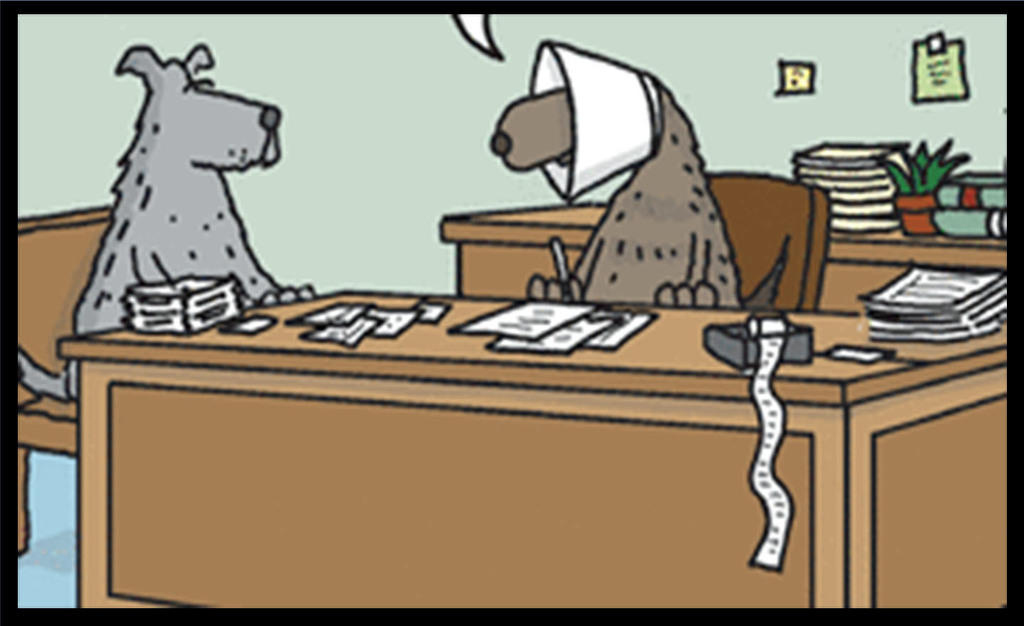
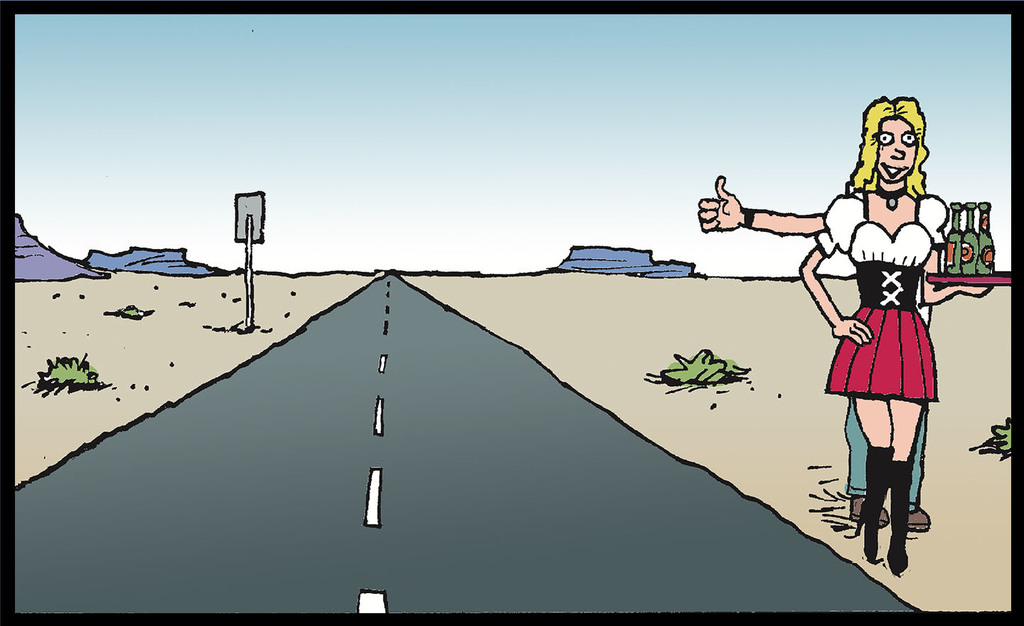
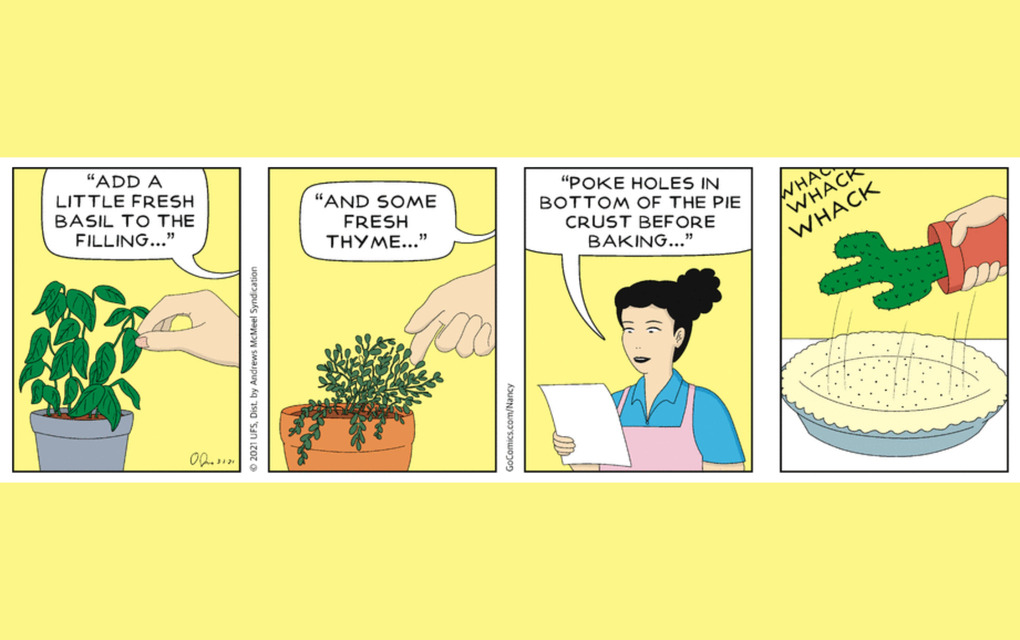
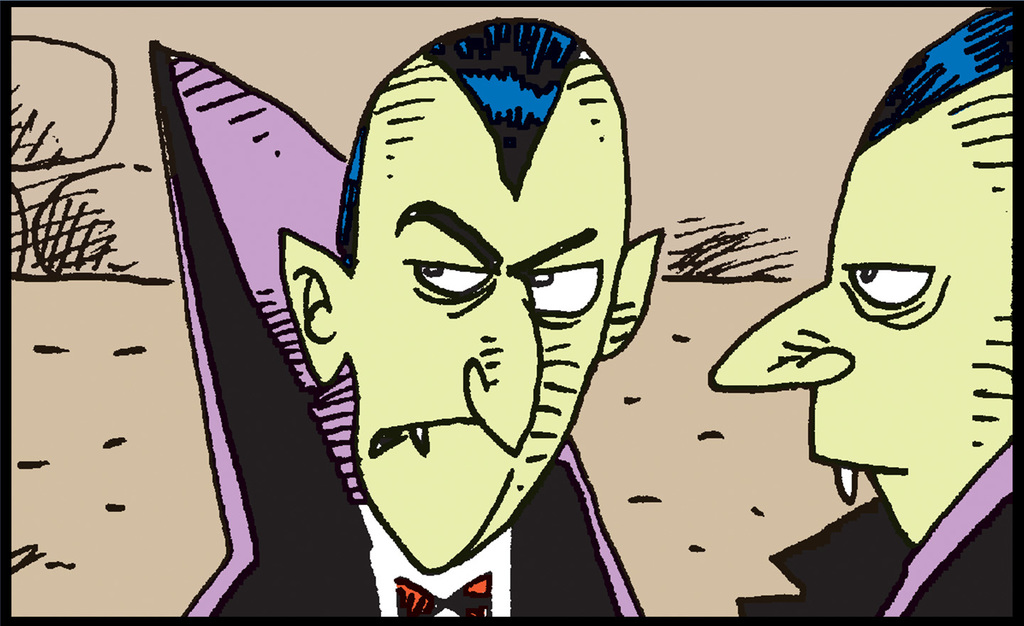
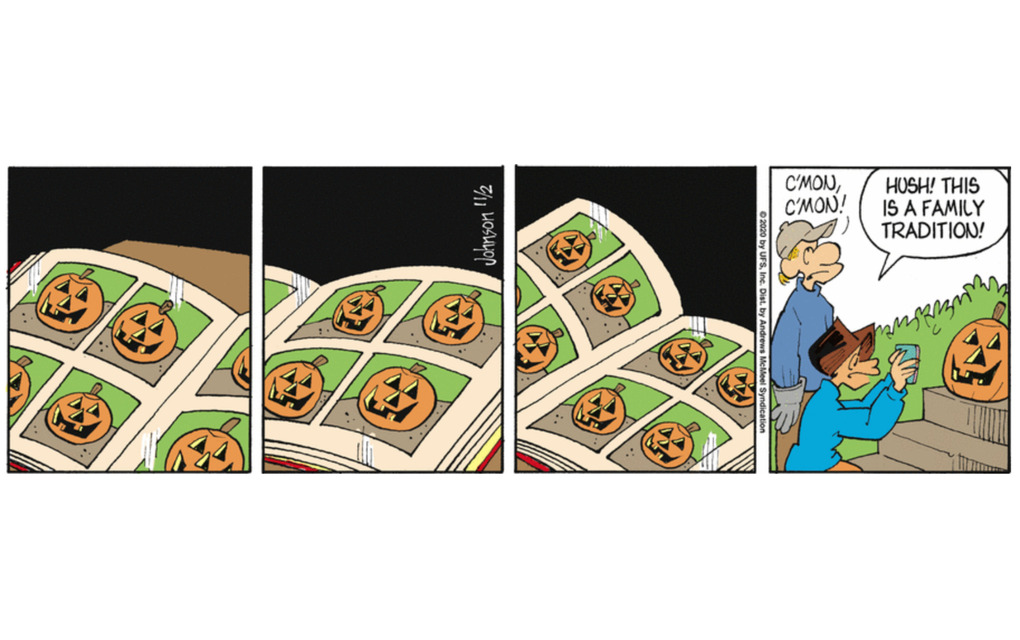
Comments
Featured Comment
Comment Policy
Sign in to comment